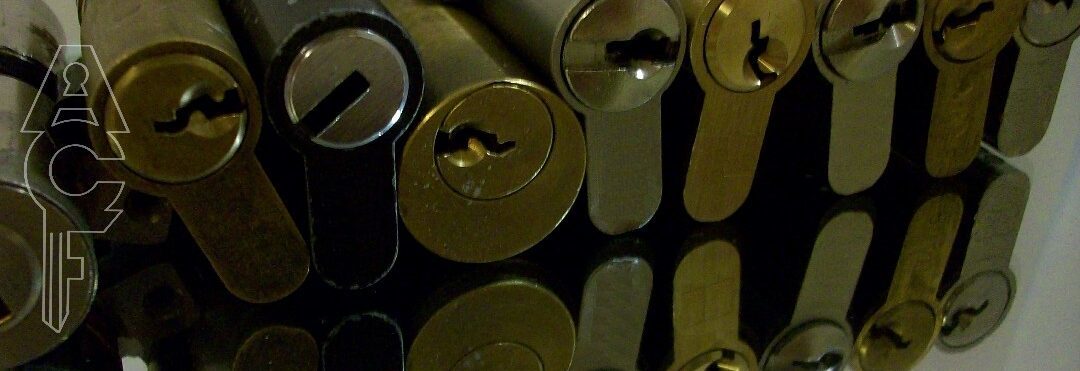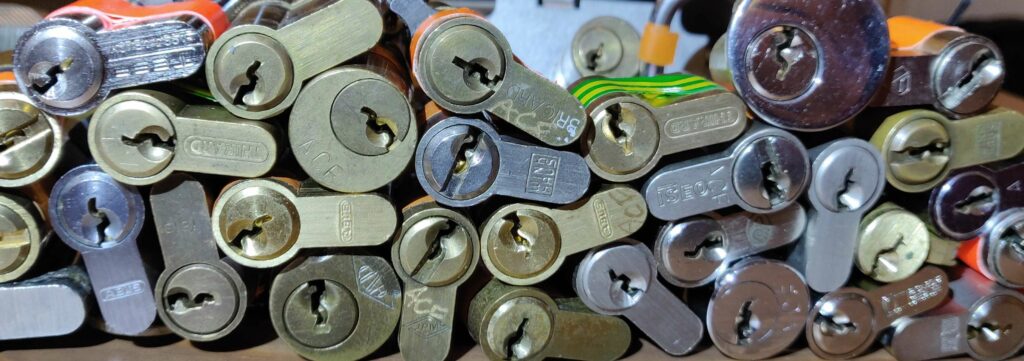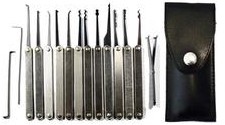Anti pick pins
How to defeat anti pick pins
Many buy lockpicking kits and try it eagerly but in reality it is not always so easy… In this article, we deal with anti pick pins.
First of all, we recommend that you read the article on the art of lockpicking if you have not read it yet, in order to understand the principle and the gestures to make. Thus, you can open some toys easily. But quickly, others will offer you more resistance by the existence of anti pick pins. We will explain how they work and how to defeat them for the most common ones.
The main anti pick pins
The reel
One of the most common pins, the “reel” (commonly called “diabolo” because of its shape) is found in many cylinders and padlocks. Its presence is easily identifiable. When it comes into play, it gets in the path of the rotor and causes a characteristic rotation of it. When attempting to place this pin at the shear line, the rotor will tend to return to its original position. This is a sign that the pin is straightening to slide into its stator well.
The reel can take a wide variety of shapes that will change the feedback it offers during picking.
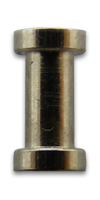
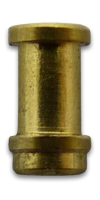



The serrated
As common as the reel, the serrated can be found alone or accompanied by other types of anti pick pins to vary and complicate returns when picking. Besides, we can quite imagine reel pins with false notches, that make our challenges even more interesting! This pin has notches that make its placement more subtle because you can never know how many “clicks” there will be, it is usually recommended a light workout so as not to block it.
The number of notches and their depth are very variable from one brand to another, which makes the return of each pin unique.






The mushroom
An anti pick pin that is much less encountered in current toys, replaced by the famous reel easier to machine. Due to its shape, this pin will give rise to a rotation of the stator as for a reel. But it will be necessary to lower it completely before feeling a more firm return of the rotor.


The untouchable
The untouchable pin is a simple pin whose length means that it is already placed at the shear line. Pressing it a little is like blocking it between rotor and stator and thus makes picking more difficult. Using more curved picks works around the problem. Very effective in the penultimate position, this active pin prohibits the percussion technique.
The telescopic
This two-part pin, the so-called “telescopic” pin, is becoming more and more common in “high security” toys because it makes picking more difficult. It also prevents the method of “percussion”. Its effectiveness comes from the fact that its outer part blocks the rotor while its inner part is free and in contact with the spring. This gives the impression that this pin does not block the rotor and becomes complicated to detect. If by chance we place the outer part, the interior will then block the rotor. We can then imagine all kinds of interactions with other anti pick pins.



The little extra
Get accustomed with toys of low security before moving on to more difficult models. The detection of anti pick pins will help you recognize the models that are accessible to you. And step by step, you will learn to adapt your goals.
A good way to master a toy is to pick it in 2 directions, several times, and be able to recognize the types of pins it contains. You can also use cylinders with cut-away view to more easily associate the feeling of the different pin shapes.
Some brands of toys may also use pins of singular shapes, such as notched coils, anti-impressionning pins …





Beyond these common anti pick pins
In addition to these classic anti pick pins, there are so-called “passive” safety. We do not detail it here to give you a surprise…
This is for example the case of “bi-axial” pins that must be placed on 2 axes before allowing a sidebar to rotate the rotor. This sidebar will sometimes itself be held by a piece to detect the presence of the key. And there the picking becomes touchy!




